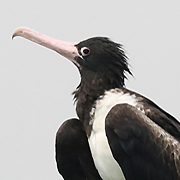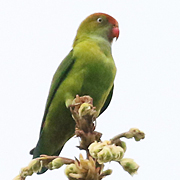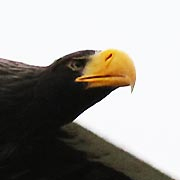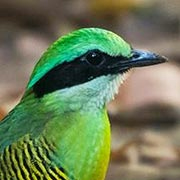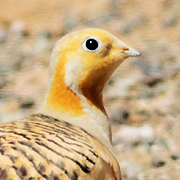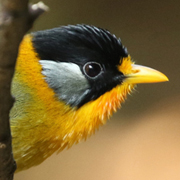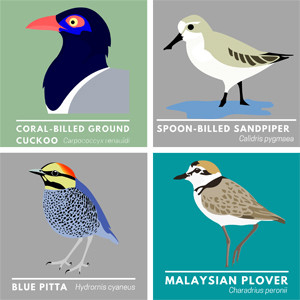
Shellness, on the Isle of Sheppey, Kent, is a location where large numbers of birds can be seen at more or less all times of the year. Today I made a late morning/early afternoon visit to see if there were any interesting passage waders at the high tide roost in the hope of getting some close-up views as birds began to feed on the receding tide.
Before reaching Shellness I stopped at the seafront at Leysdown where a group of birds were roosting on the mini golf course, most of which were gulls. I get very little practice with gulls when I am in Thailand so I took this opportunity to take a close look at this group. Within the flock of Black-headed Gulls, which were resting and preening, were a number of Common Gulls and Herring Gulls, both of which are common species, but something far less common was a Mediterranean Gull in full summer plumage. Further scanning of the group revealed a second Mediterranean Gull, this time moulting our of summer plumage and preening extensively – the bird pictured here. Within the flock of gulls were two roosting Oystercatchers but more surprising was Sandwich Tern which seemed out of place on a golf course.
Proceeding to Shellness the expected large flock of Oystercatchers was still present on the high tide roost although very few other species seemed to be alongside them. However, as the tide began to fall a lot of movement began and other species arrived to feed including over 100 Curlews, another Mediterranean Gull along with all the commoner species of Gull including both Lesser and Great Black-backed Gulls. Over the course of the next hour large numbers of birds dispersed themselves all over the mudflats with more than 300 Black-tailed Godwits, many of them still in full breeding plumage. Other shorebirds included 1 Grey Plover, 2 Ringed Plovers, 75+ Dunlin, 2 Whimbrel, 2 Bar-tailed Godwits, 10 Redshank and 6 Turnstones but unfortunately all of them were just a little too far away to get good photos although the views through my telescope were excellent, made all the more enjoyable that I was the only person there.
While I did not see any of the less common passage waders the large numbers of birds made up for that and as I spent quite some time just hanging around I was lucky enough to see 3 Little Terns fly in from the sea as well as 2 Common Terns and 4 Sandwich Terns loafing on the mud close to me.
Of course there were also some passerines to be seen too and the best of these were 2 Corn Buntings, the first of which gave itself away by calling noisily from atop a stem of Cow Parsley. I am always happy to see this declining bird as it was the species I studied for my degree dissertation. The second bird, a juvenile, came in to join the first giving me good views through the telescope. Meadow Pipit, Skylark, Pied Wagtail, House Sparrow, Swallow, Sand Martin and Linnet were the other small birds I saw.
For those summer months when birding is slow in UK, Shellness always seems to be a place where a lot of species can be seen and the high tide roost is always a good place to look for something unusual while the numbers of Oystercatcher are impressive, although the numbers get even higher later in the year.


 July 27th, 2015
July 27th, 2015  Nick
Nick 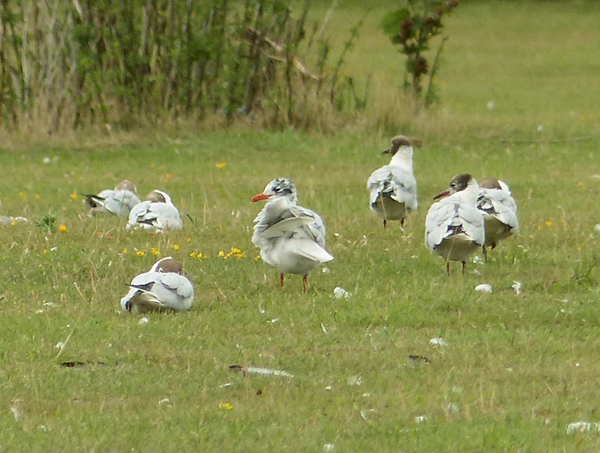
 Posted in
Posted in  Tags:
Tags: 
